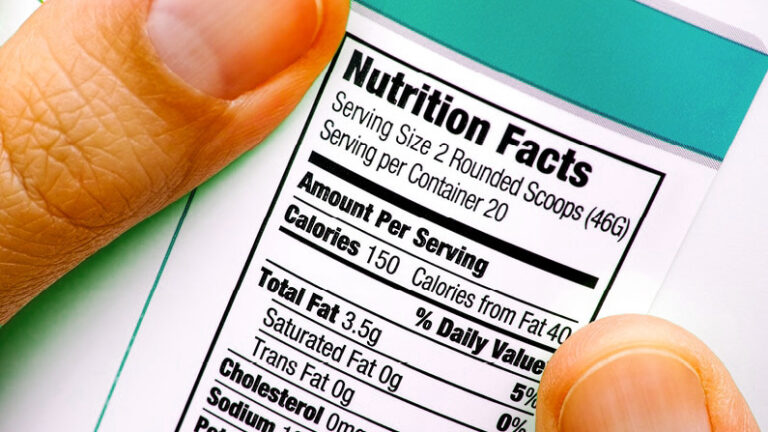
The adoption and mainstream rollout of nutritional labels on food products is one that has been in the process for over a decade. However, the movement is to go into overdrive this year as big changes and rules are being made regarding nutritional labels.
In 2016, the FDA announced changes they wanted to implement on nutritional labels. The reason for these changes was to help consumers make more informed choices about their diet and eating habits. The FDA stated that these changes would have to be fully implemented by the end of 2021. In truth, many brands have already moved full throttle ahead with these changes as the consumer demand for nutritional labels is just as strong as that of the FDA’s.
Knowing how to read nutritional labels is important for a multitude of reasons. If you have a health condition like high blood pressure/diabetes or have an allergy, nutritional labels are the only way to make an informed decision.
Furthermore, Non-communicable diseases (NCDs) are often caused by poor control of one’s health and nutritional intake. Government intervention into brand’s nutritional labelling and health education as a result is paramount in the modern age – especially considering the rising levels of obesity in the Americas and Western Europe.
What changes are coming to Nutritional Labels?
- Calories and servings per container have to be more prominently displayed on food packaging. Official FDA guidance asks for the calories and servings per container to be presented in larger print or a distinct eye-catching colour/shade. A consumer should know instantly the caloric intake of a processed food item and with this rule change, this will be addressed instantly.
- In the nutritional label breakdown, ‘Total Sugars’ amount will have a new subsection titled ‘Added Sugars’. As you are aware, some items use artificial sugar in place of natural sugars. With this extra information, consumers will be made aware of how much sugar is not necessarily natural in the product and can adjust their serving size or purchasing habits accordingly.
- ‘Calories from Fat’ label should be removed in favour of ‘Type of Fat’. Research has shown that the number of calories from fat in a food item isn’t nearly as impactful on caloric intake and diet as the type of fat being consumed.
- There will also be big changes to the nutrients that can now appear or not have to appear on the label. Vitamin D and Potassium have become mandatory inclusions in nutrient labels as the health and diet benefits of the two nutrients has come to the forefront in recent years. Alternatively, Vitamin A and C have moved from mandatory labels to voluntary labels as their nutritional value is stated to be less than that of Vitamin D and Potassium.
- The metric for ‘serving size’ has been adjusted. Up until this change, ‘serving size’ has been greatly increased or exaggerated on products and this can lead to uneducated consumers damaging their diet and nutritional intake. With ‘serving sizes’ now more in line with a healthier diet, the FDA hopes to change the conversation around the size of a single meal.
- It is now mandatory to include a calorie breakdown for a single serving as well as displaying a total breakdown of the whole package. This gives the consumer all the information they require to make an educated decision and plan their diet. It also provides perspective for the consumer to manage their habits.
They may look like an Excel Spreadsheet with confusing numbers and scientific labels but it is there for your own health and security. Once you have learnt to process and manage your intake, you will find your body respond cleanly to a more natural and managed diet.


